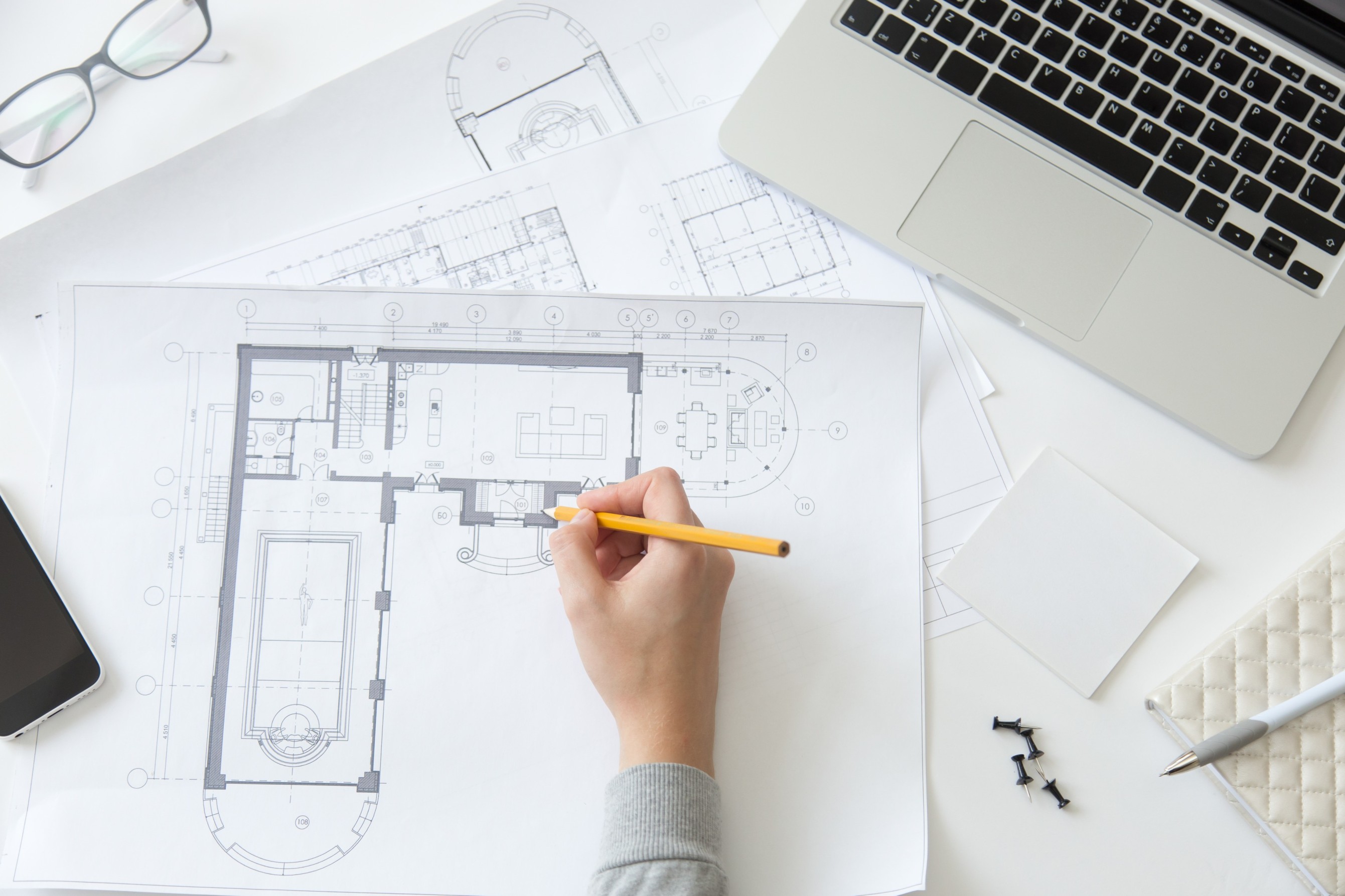Flat No. G04A, Samrpan Vihar, George Town, , Prayagra-211002
Single Service

Structure planning & design
Structural planning and design are critical aspects of civil engineering that involve creating safe, functional, and cost-effective structures. Whether it's a bridge, building, dam, or any other infrastructure, the process involves several key steps. Here's a general overview of the structure planning and design process for civil engineers:
- Project Definition and Planning:
-
-
- Define the Project Scope: Clearly outline the purpose, goals, and constraints of the project.
- Site Assessment: Evaluate the site conditions, including soil properties, topography, and environmental considerations.
- Regulatory Compliance: Identify and understand local building codes, regulations, and environmental standards.
-
Conceptual Design:
- Preliminary Design: Develop initial design concepts based on the project requirements.
- Feasibility Analysis: Assess the practicality and viability of different design options.
- Budget Estimation: Provide rough cost estimates for each design option.
-
Structural Analysis:
- Load Analysis: Determine the anticipated loads (dead, live, wind, earthquake) that the structure will experience.
- Structural Modeling: Create a mathematical model of the structure to simulate its behavior under various loads.
- Analysis of Structural Elements: Evaluate the integrity and stability of individual components (beams, columns, foundations).
-
Detailed Design:
- Material Selection: Choose appropriate materials based on structural requirements, budget, and local availability.
- Detailed Structural Drawings: Create detailed drawings and specifications that include dimensions, materials, and construction details.
- Foundation Design: Specify the type and design of the foundation based on soil conditions and structural requirements.
-
Code Compliance and Permitting:
- Code Checks: Ensure that the design complies with local and international building codes.
- Permitting: Prepare and submit the necessary documentation to obtain construction permits.
-
Construction Documentation:
- Construction Drawings: Produce detailed construction drawings for contractors to follow.
- Technical Specifications: Provide specifications for construction materials, methods, and quality standards.
-
Construction Support:
- Construction Management: Oversee the construction process to ensure it aligns with the design.
- Site Inspections: Regularly inspect the construction site to verify compliance with the design and specifications.
- Problem Resolution: Address and resolve any issues or unexpected challenges that may arise during construction.
-
Quality Assurance and Control:
- Testing and Inspections: Implement quality control measures, including material testing and structural inspections.
- Documentation of As-Built Changes: Update drawings to reflect any modifications made during construction.
-
Project Closeout:
- Final Inspection: Conduct a final inspection to ensure the completed structure meets all requirements.
- Documentation and Records: Compile as-built drawings, test results, and other relevant documentation for future reference.
- Handover: Transfer the completed project to the owner or operator.
Throughout this process, civil engineers use a combination of engineering principles, computer-aided design (CAD) tools, and collaboration with other professionals to ensure the successful planning and design of structures. Additionally, communication with stakeholders, including architects, contractors, and regulatory authorities, is crucial for a successful project.
